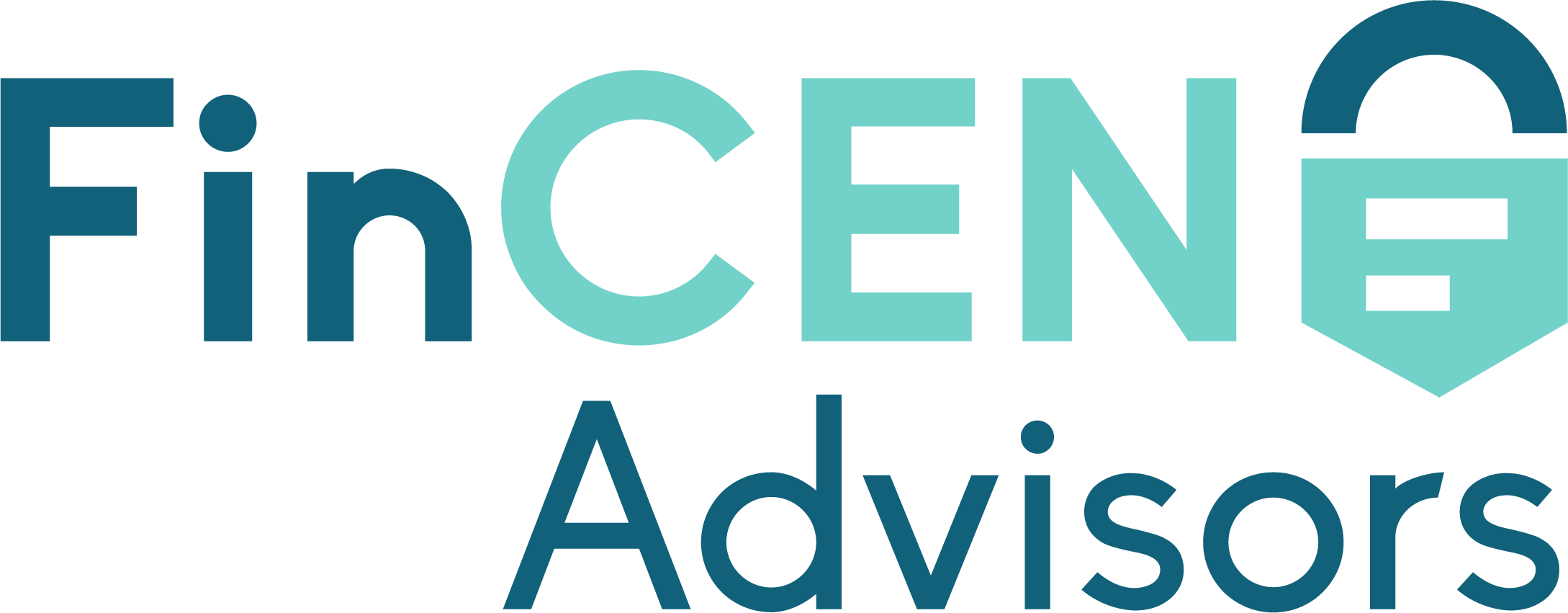Businesses must start complying with Corporate Transparency Act reporting guidelines in 2024. Learning the historical “why” behind the act can help businesses understand the importance of the new requirements.
Key takeaways:
The Corporate Transparency Act was enacted to minimize financial crimes like tax fraud and money laundering.
Starting in 2024, the act requires businesses to comply with new reporting requirements for disclosing beneficial ownership information to the Financial Crimes Enforcement Network.
Events like the Panama Papers leak in 2016 spurred the Corporate Transparency Act by revealing corporate criminality.
Any time new business regulations come into play, it can be challenging and time-consuming for businesses to shift their practices to comply. And, one big change in reporting requirements is coming in 2024, thanks to the Corporate Transparency Act (CTA).
The CTA is reshaping the landscape of transparency and accountability for businesses across the United States. Enacted to combat illicit financial activities, including money laundering, tax fraud, and terrorism, the CTA requires companies to disclose their beneficial ownership information (BOI), fostering a more transparent and accountable business environment. The CTA requires certain companies to report BOI to the U.S. Department of the Treasury’s Financial Crimes Enforcement Network (FinCEN) so that these details are known and transparent, ensuring crimes aren’t being committed. CTA reporting requirements go into effect on January 1, 2024.
Breaking down the CTA’s historical context is key to understanding the impact of this legislative milestone. This guide covers the events and concerns that led to the creation of CTA.
The pre-CTA financial landscape and catalysts for change
Before the CTA, beneficial ownership details weren’t always clear in the financial and corporate world. Corporations could exploit legal loopholes, enabling them to hide the true identities of their beneficial owners, which led to a breeding ground for money laundering, fraud, and other illicit activities. The lack of a comprehensive framework to track and unveil beneficial owners posed a significant challenge for law enforcement agencies and regulators.
The need for heightened transparency became evident through a series of high-profile scandals and events. Instances of money laundering, tax evasion, and financial fraud underscored the urgency of addressing the deficiencies in the existing regulatory framework. For example, the Panama Papers leak in 2016, revealing a vast network of hidden wealth, served as a watershed moment, capturing global attention and igniting a public outcry for stronger measures against corporate secrecy.
A common practice was uncovered, where members of the wealthy elite rely on “shell” companies to cover up assets to engage in tax fraud or money laundering. They could often pursue these corrupt acts because there weren’t stringent beneficial ownership requirements in place.
Legislative bodies faced mounting pressure from both the public and international communities to act. As a result, various nations became interested in changing protocols, compelling lawmakers to reassess their regulatory frameworks and usher in an era of greater transparency.
Drafting and passing the act
The journey toward passing the CTA was marked by meticulous drafting, intense debates, and a bipartisan effort to address the glaring loopholes in corporate transparency. Key contributors, lawmakers, and legal experts engaged in thorough discussions to formulate legislation that would not only close existing gaps but also withstand scrutiny and legal challenges.
The drafting process involved navigating an already complex landscape, balancing the need for transparency with the concerns of privacy and potential economic repercussions. Through a series of revisions and amendments, the final version of the CTA sought to strike a balance between the interests of various stakeholders.
Congress passed the CTA in 2021 as a component of the National Defense Authorization Act (the Defense Bill). The Defense Bill was first passed in 2020 but it was vetoed by President Trump. However, the House of Representatives overrode the veto, and the bill was enacted on January 1, 2021.

Goals and objectives of the CTA
The CTA’s primary objectives include dismantling the secrecy surrounding beneficial ownership, deterring illicit financial activities, and providing law enforcement agencies with the tools to investigate and combat financial crimes effectively.
The CTA addresses previous shortcomings by mandating companies to disclose their BOI to the FinCEN, which enables authorities to trace and track the individuals who ultimately control and benefit from corporate entities. This helps close the loopholes that were previously exploited for nefarious purposes.
The act states that its intent is to:
(A) set a clear, Federal standard for incorporation practices
(B) protect vital United States national security interests
(C) protect interstate and foreign commerce
(D) better enable critical national security, intelligence, and law enforcement efforts to counter money laundering, the financing of terrorism, and other illicit activity
(E) bring the United States into compliance with international anti-money laundering and countering the financing of terrorism standards”
The CTA is an important step in creating a more transparent business and corporate landscape, which is especially important as corporations and CEOs gain more and more power across the country.
How the CTA was received and its impact
When the CTA was first introduced, businesses, legal experts, and financial institutions faced the challenge of adapting to a more transparent operating environment. Some welcomed the change, recognizing it as a necessary step toward a fair and accountable corporate landscape. Others voiced concerns about potential privacy infringements and increased regulatory burdens. These obligations can be especially taxing for smaller businesses.
In corporate and financial landscapes, companies had to consider how they would focus on compliance with the new disclosure requirements, reevaluating their ownership structures and internal processes. Financial institutions have started to adjust their due diligence practices to incorporate the information available through FinCEN, enhancing their ability to identify and mitigate risks associated with money laundering and other financial crimes.
Why putting the CTA into context matters
Exploring the historical context of the CTA is essential to appreciate its significance. The CTA did not materialize in isolation – it was a response to a pressing need for greater accountability in the face of evolving financial landscapes and mounting global concerns about illicit financial activities.
Businesses, legal professionals, and policymakers should navigate the new era of transparency with a nuanced understanding of the CTA’s objectives, enhancing compliance and supporting the broader goals of a more accountable corporate world.
If you’re unsure how to comply with the CTA in 2024 or are overwhelmed by your potential responsibilities, FinCEN Advisors can help. We assist businesses with BOI filing through FinCEN and ensure best practices are put in place to meet the new requirement beginning January 1, 2024.
Contact us today for a hassle-free path to complying with the new CTA requirements.









